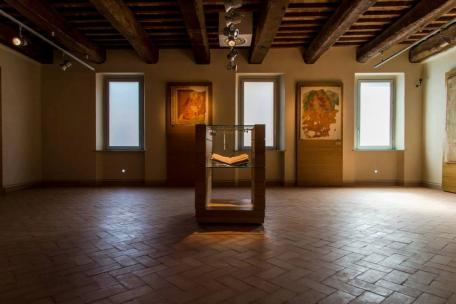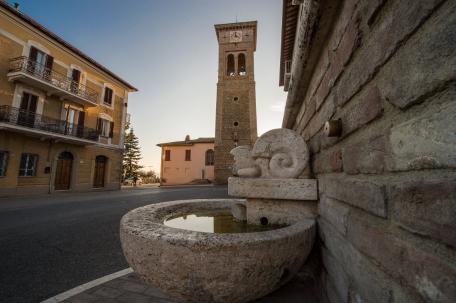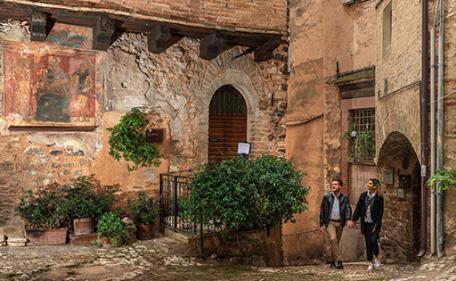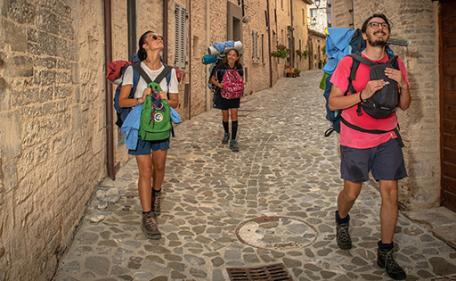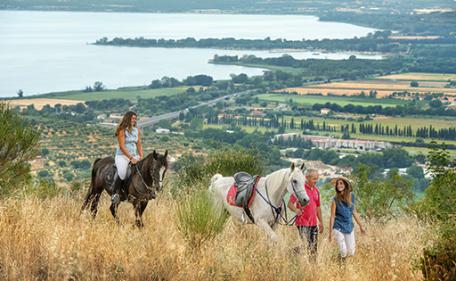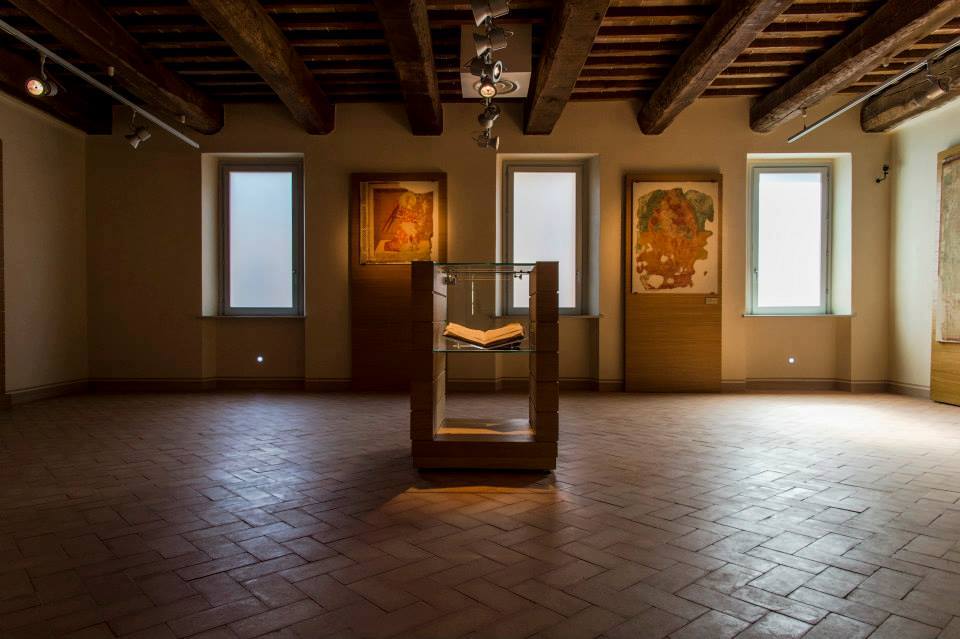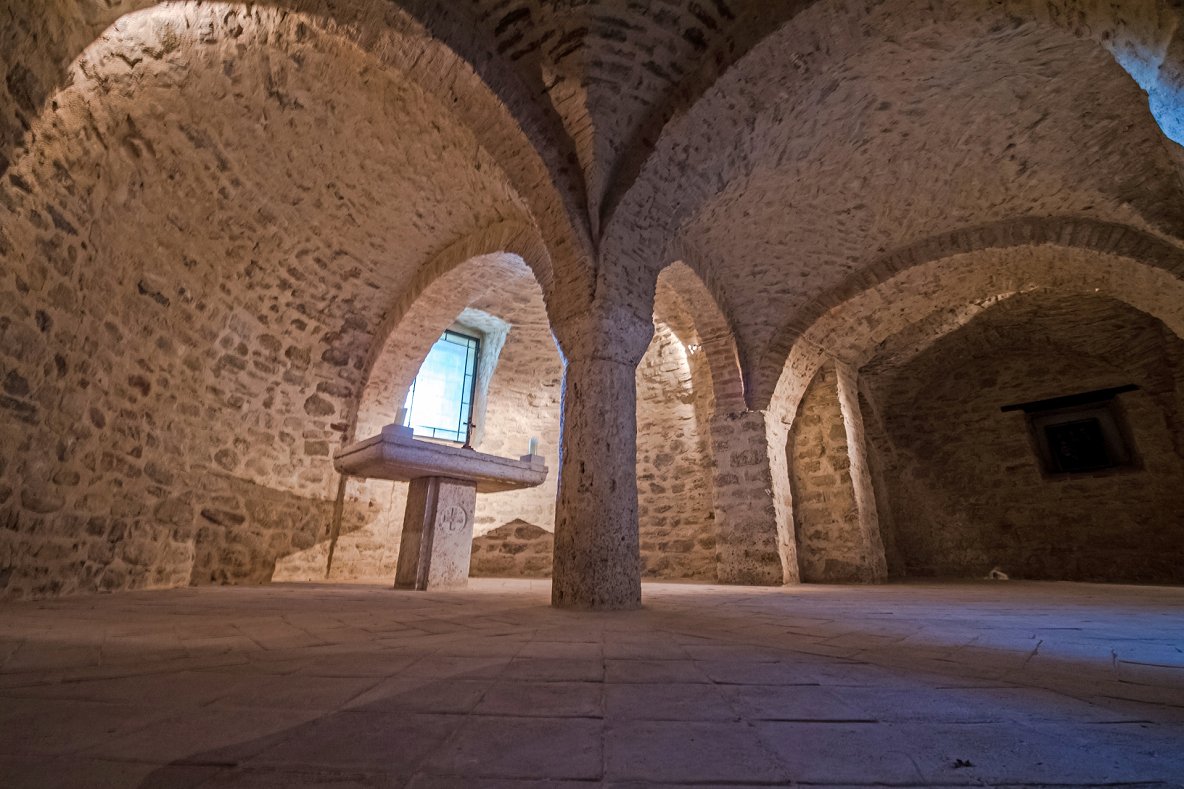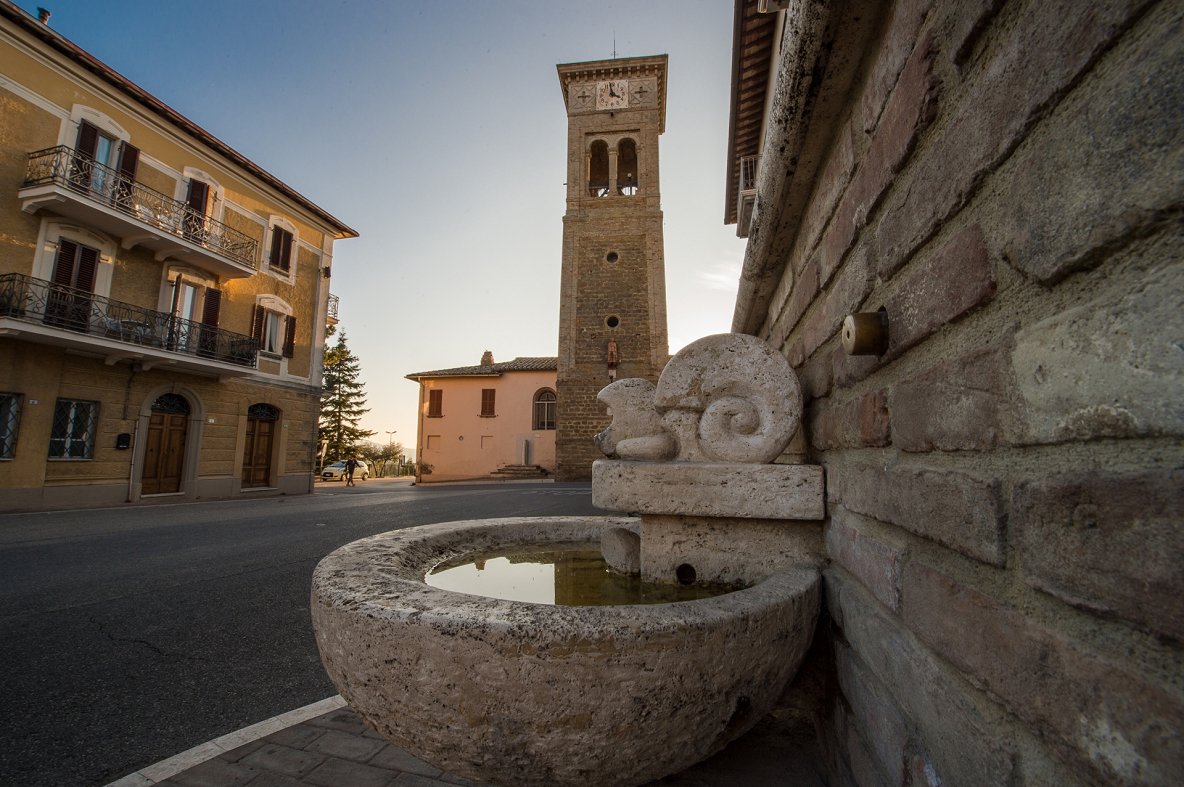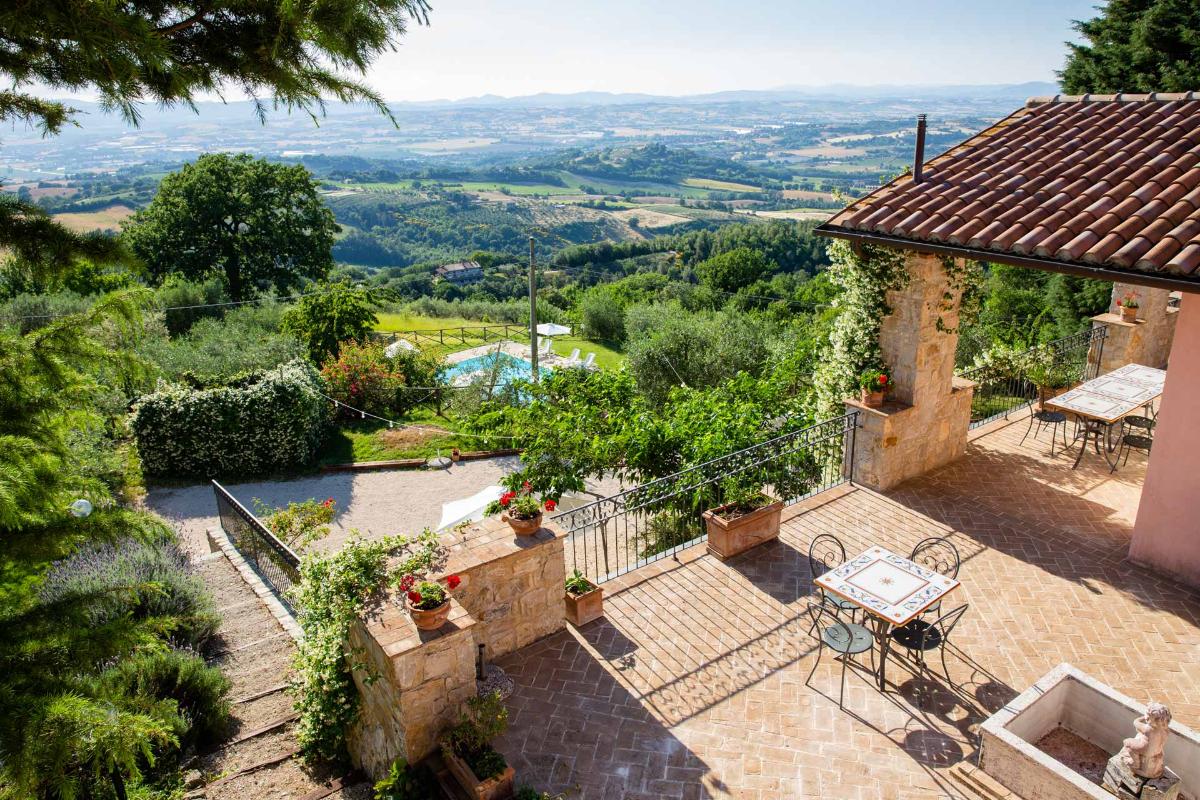| Partenza | Torgiano |
| Arrivo | Torgiano |
| Distanza | 14,6 km |
| Dislivello | 150 m |
| Difficoltà | media |
| Durata | 1,22 ore |
| Tipologia bici | gravel, MTB, e-bike |
| A chi è adatto: | adatto a tutti anche a famiglie con bambini |
| Luoghi da vedere: | Borgo di Torgiano, MOO MOVIT, Passaggio di Bettona, Chiesa San Quirico, Borgo di Cannara, Cannara - Urvinum Hortense - Area archeologica, Antiquarium e Museo |
● Movit - MOO
Museo dell'Olivo e dell'Olio (MOO) del del vino MUVIT è ospitato all'interno del borgo di Torgiano, rinomato centro di produzione vitivinicola fra Perugia e Assisi.
Il percorso espositivo si articola all'interno di un antico frantoio frutto dell'accorpamento di tre differenti case ed utilizzato fino al secolo scorso. Dal 2000 è sede del Museo dell'Olivo e dell'Olio, ideato e realizzato ad iniziativa di Giorgio e Maria Grazia Lungarotti.
● Abbazia San Quirico
Le prime notizie di questo monastero benedettino sono del 1185. Nel 1414 fu saccheggiato sia dalle truppe di Ladislao di Napoli che dai Perugini e probabilmente abbandonato dai monaci. Del complesso rimane la chiesina in stile romanico, che presenta sulla facciata un interessante affresco raffigurante una Madonna in trono con bambino in braccio Angeli e Santi adoranti. L'abbazia è sita in località Cerreto.
fonti: Comune di Bettona - Ass. San Quirico
● Museum of the town of Cannara
Housed inside the former Salesian convent, the Museum of the Town of Cannara is dedicated to the history of Cannara and the surrounding area and offers the opportunity to get to know and understand the history of the area from its origins to the modern day. The rooms hold a conspicuous collection of archeological material from the excavation of Urvinum Hortense, in Collemancio, evidence the site was occupied from pre-Roman times to the late Middle Ages. The Museum also houses a collection of medieval and modern paintings and sculptures from the main churches in the town and from some of the noble palaces. The tour begins on the ground floor: the first room displays a collection not only of wind and percussion musical instruments from the early 20th century, but also scores and photographs of the period, which bear witness to the solid musical tradition of the town of Cannara. The archeological tour begins on the same floor and the pride and joy of the collection is the polychrome mosaic from the thermal baths of Urvinum Hortense, which can be viewed from above. It’s the biggest find discovered in the ancient Roman municipium and it dates back to the 1st and the 2nd century AD. It decorated the floor of one of the rooms in the public thermal baths, specifically the bath of the frigidarium. The background is in white tiles, with a frame of red and black tiles. Along the four sides, surrounded by luxuriant vegetation, six caricatured pygmies are represented, victims of exotic animals: hippos, crocodiles, ibises and snakes. The central painting, on the other hand, represents a funny scene of four pygmies intent on fishing on tiny boats.Some display cases contain the materials found in the excavations. Next to the archeological section, there is room for the art collections of the Civic Art Gallery. The frescoes torn down in 1907 from the Church of the Madonna del Latte, also known as Santa Maria delle Fontanelle, near Collemancio, occupy a whole room of the Picture Gallery. The entire decoration was removed, as the church building was gradually deteriorating. It was painted by artists from Perugia, from Umbria and from the circle of Tiberius of Assisi. Of particular importance is the fourteenth century Madonna del Latte. The Picture Gallery also houses works by Marcantonio Grecchi, whose painting was austere and rigorous, by Dono Doni of Assisi, with an eclectic but effective style in his real life portraits, and by Francesco Longhi.
